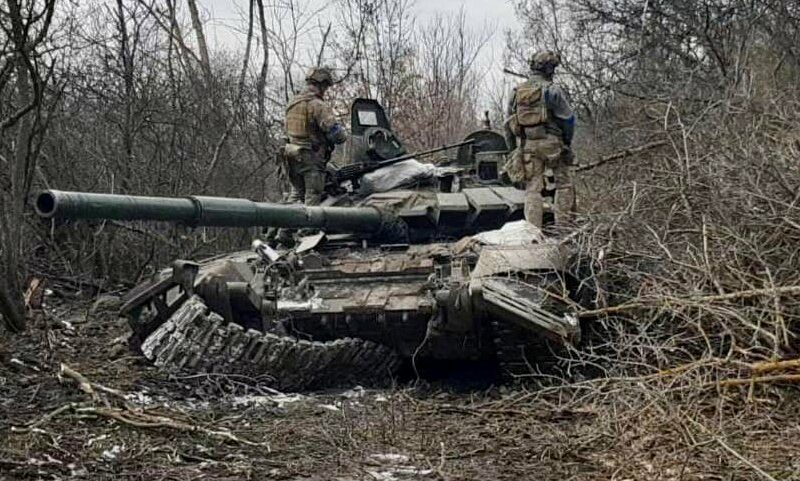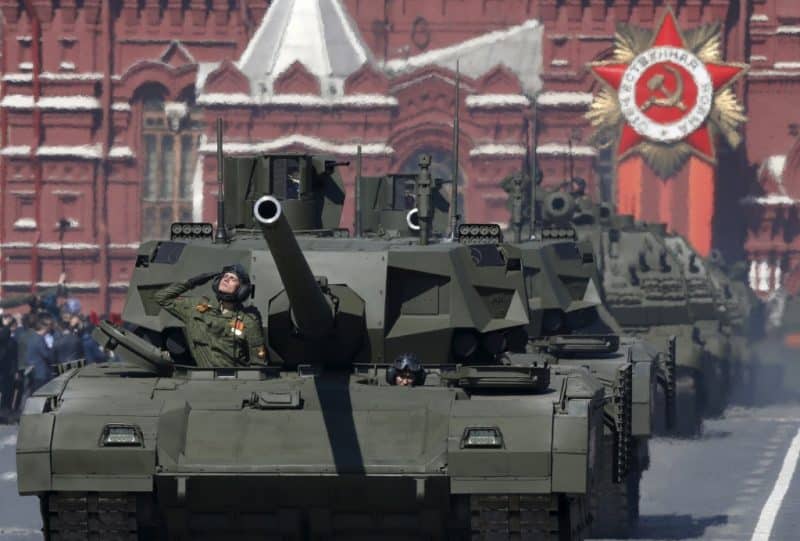Since 2012, the return of Vladimir Putin to the Kremlin and the arrival of Sergei Shoigu at the Ministry of Defence, Russian military programming, organized through multi-annual programs called GPV, has been at the heart of the effort to rebuild the armies of Moscow. The last GPV, started in 2017, was to allow the Russian armies to consolidate their digital and technological ascendancy over their potential adversaries, with an annual budget of 2.000 billion rubles, i.e. €30 billion devoted each year to the acquisition of new equipment and modernization of equipment in service. Thus, barely more than a year ago, during the traditional evaluation of the progress made in this area, Sergei Choïgou announced that from now on, the Russian armies had more than 70% “modern” equipment. The facts in Ukraine, however, have largely nuanced the Russian minister's remarks.
Indeed, on the basis of visually confirmed destruction of Russian equipment since the start of the Special Military Operation in Ukraine, it appears that half of the battle tanks destroyed, damaged or captured were non-modernized Soviet models, such as the T-72A/B/B-Obr1989, the T-80BV or the various lost T-62/64s. The same applies to armored infantry fighting vehicles, 80% of the losses being represented by unmodernized BMP-1 or 2, or artillery systems, for which 90% of the lost systems were inherited from the Soviet era. In fact, the rate of 70% of modern equipment is actually observed, in the losses, only for aircraft, ships and anti-aircraft defense and electronic warfare systems. Be that as it may, in the face of the terrible losses that have largely dented the capabilities of the Russian armies, the Kremlin announced in early November that it had repealed the current GPV, as well as the preparatory work for the next GPV, to take direct control of the Russian industrial defense effort, and to concentrate investments towards economical, efficient and rapidly produced equipment, in an attempt to meet the challenge posed by Western-backed Ukrainian armies.

The Kremlin's decision, moreover expedited since it should take effect before November 14, makes sense in view of the situation. While most of the Russian elite troops were dislocated during the first months of combat, Moscow now intends to rely on a defensive strategy based simultaneously on the construction of a vast network of fortifications to block the Ukrainian advance, and on the mass resulting from present and future mobilization efforts to arm these defenses. However, Russian soldiers, due to rapid training and lack of previous military experience, cannot effectively use modern and highly technological weapons, especially since these materials have not previously shone with their effectiveness, even in the hands of duly trained soldiers. Moreover, the Russian defense industry, exposed to Western sanctions, struggles to produce this modern equipment, whereas it is able, at lower cost, to produce again equipment dating from the 70s and 80s, less efficient but simpler, and devoid of imported components.

The rest of this article is for subscribers only
The Classic subscriptions provide access to
all articles without advertising, starting at € 1,99.
Newsletter subscription
Register for the Meta-Defense Newsletter to receive the
latest fashion articles daily or weekly


[…] […]